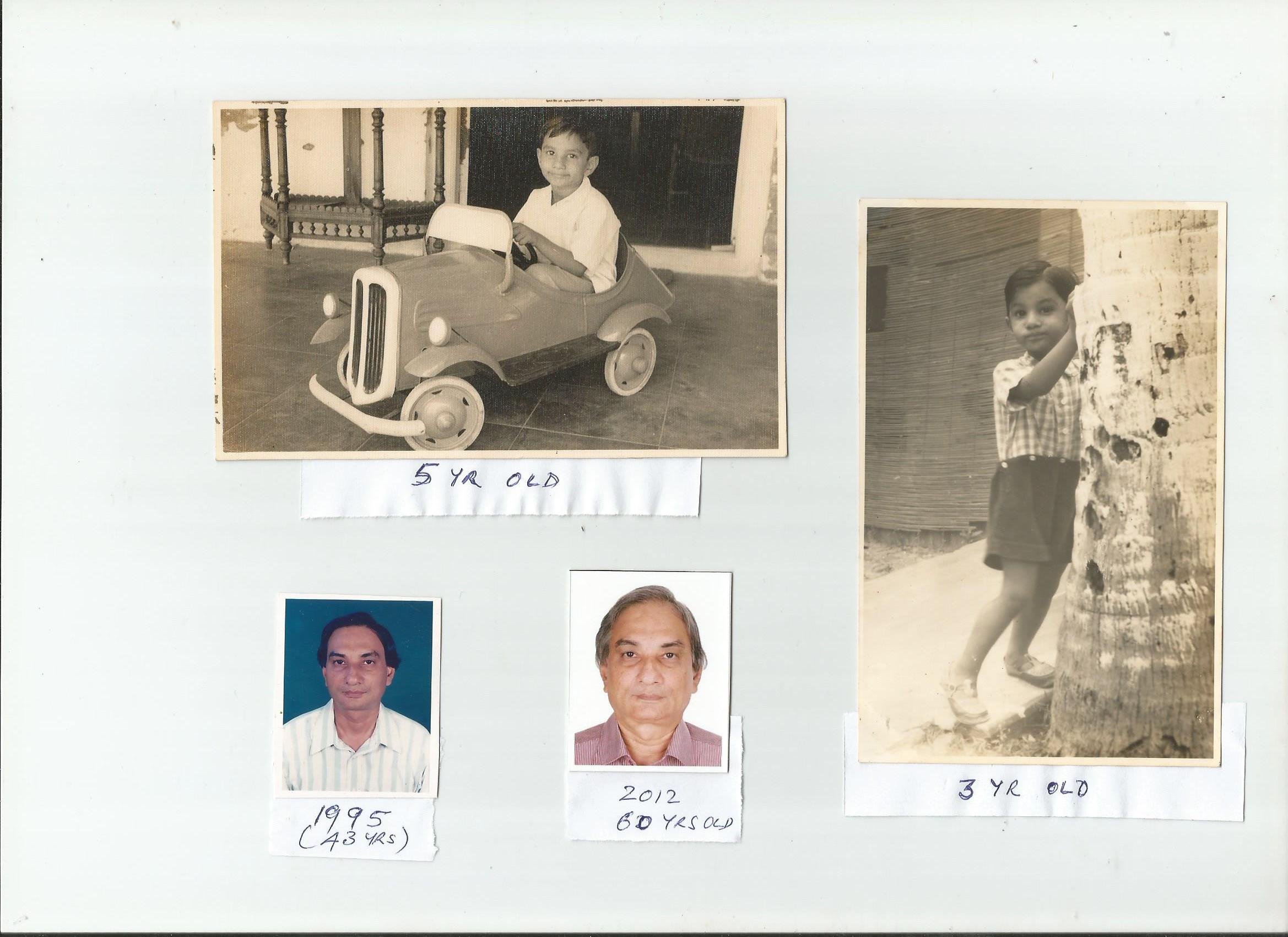Smallpox is the only disease that has been eradicated around the world. Its eradication is in large part thanks to a global immunization effort.
But many years ago, its threat was all too real.
Sundaram Parthasarathi, now 65, lives in Chennai, India. At just 6 months old, he became sick with smallpox.
“The hospital staff said that they are doing their best and that they will have to wait and watch, but they cannot vouch that I will survive,” Parthasarathi told Global Citizen.
Take Action: Call on Canadian Ministers to Commit to Global Health Security
Parthasarathi’s story is one of many.
Smallpox was a highly infectious and deadly disease that killed an estimated 300 million people in the 20th century, according to BBC.
The virus was primarily spread by direct contact. It would spread when an infected person coughed or sneezed. It could therefore spread quickly in public and populated areas.
It is assumed that Parthasarathi, for instance, contracted the virus when his parents took him on a journey by train.
Read More: ‘Life-Threatening’ Measles Infections Tripled Across Europe in 2017
Smallpox indicators would appear influenza-like at first — symptoms like fever, headache, prostration and occasional abdominal pain and vomiting — but a rash would appear two to three days later. Lesions would also develop in the nose and mouth, according to the World Health Organization (WHO).
There were two variations of smallpox: variola minor and variola major. The mortality rate of variola minor was about 1%.
The mortality rate for those infected with variola major, however, was 30% — and between 65% and 80% of survivors were left with pockmarks, commonly on the face.
Even though Parthasarathi recovered from his bout of smallpox at a young age, the after-effects would stay with him for years.

Read More: Watching Your Loved Ones ‘Survive’ Polio — a Brother’s Reflections
“When I did join school… I was being criticised and made fun of — they used to call me ‘spotted deer’,” Parthasarathi recalled. “[I] used to feel very upset and refused to go to school at times.”
Parthasarathi said that this stigma followed him until his pockmarks disappeared from his face around age 16.
“[Before that], the younger ones used to stare at me as if I were an alien. The older folks knew and used to look pityingly at me,” he said.
The successful eradication of smallpox in 1980 was a public health milestone, but the world has so far been unable to duplicate the same success with other diseases, such as measles or polio.
Read More: An Australian Tourist May Have Spread Measles Across New York City
While vaccines are the most important armour the world has in the fight against preventable diseases, access to remote or worn-torn areas can make it difficult for health workers to successfully vaccinate all people.
And the anti-vaxxer movement, which perpetuates the myth that vaccines are harmful despite heaps of scientific evidence, continues to rear its ugly head.
This scares parents and encourages them not to vaccinate their children, typically against diseases like measles.
“[Anti-vaxxers] are playing with the lives of their children,” Parthasarathi said. “[Think about] the devastating effect it can have on their child’s emotional quotient.”
Read More: 5 Vaccine Myths That Are Completely Not True
Polio is another preventable disease and it is on its way to becoming the second eradicated disease in the world — it is 99.9% eradicated.
Still, it remains endemic in three countries: Afghanistan, Nigeria, and Pakistan. There were only 22 cases of wild polio in 2017 and, now, only 4 in 2018, according to the Global Polio Eradication Initiative (GPEI).
Successful vaccination campaigns are what make this kind of progress possible.
In Afghanistan alone, 5.5 million children were targeted during a vaccination campaign from Dec. 17 to 22, according to the World Health Organization.
Read More: Everything You Need to Know About the Anti-Vaxxer Movement
But there are areas in Afghanistan that health workers struggle to reach. Health workers in Shahwalikot, Afghanistan, recently struggled to carry out a polio vaccination campaign in the conflict-stricken region. The Taliban has made access difficult, but so have government forces.
As a smallpox survivor, Parthasarathi emphasized the importance of creating awareness among countries prone to such diseases.
It is important to ensure immunization programs are fully implemented, but it is equally important to continue monitoring for these diseases so as to truly prevent them from resurfacing, according to Parthasarathi.
This World Immunization Week, Global Citizen will remember victims of vaccine-preventable diseases and tell survivor stories like Parthasarathi’s to remind the world what can be achieved.
The world eradicated smallpox, and by working together and creating vaccine awareness, eradication of others will follow. You can take action here.
“In My Own Words” is a content series that promotes and amplifies the voices of activists leading the fight against extreme poverty and its root causes — both in their own communities and around the world. We want to give people the opportunity to tell their own stories, unfiltered and in their own words, because everyone needs to be heard to achieve a world that’s equal and fair for all.